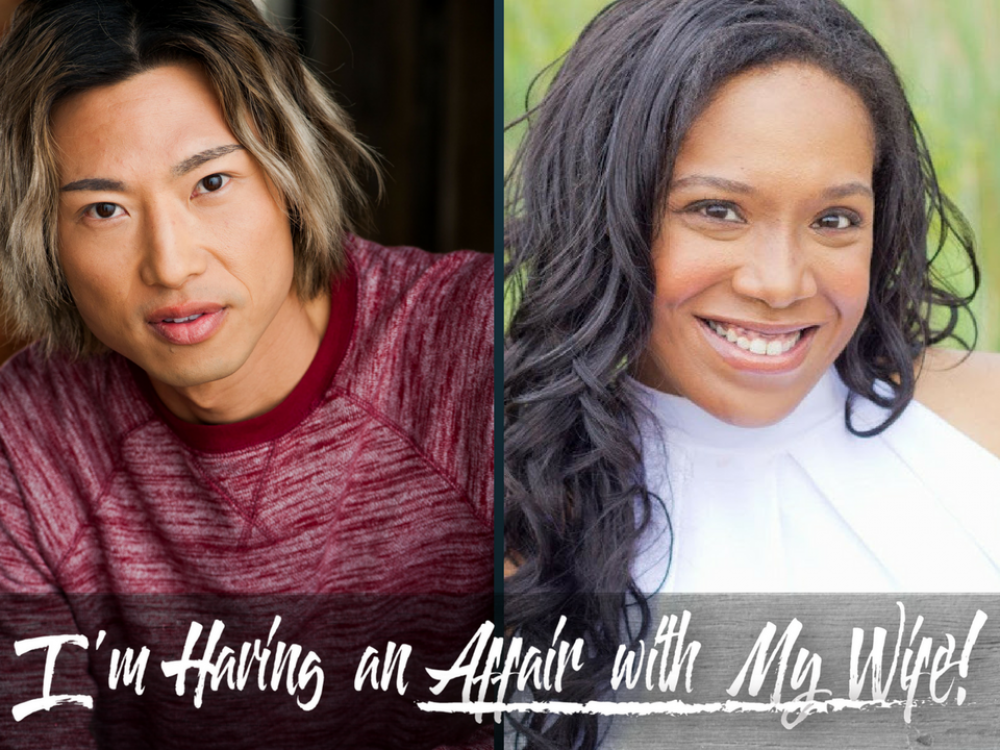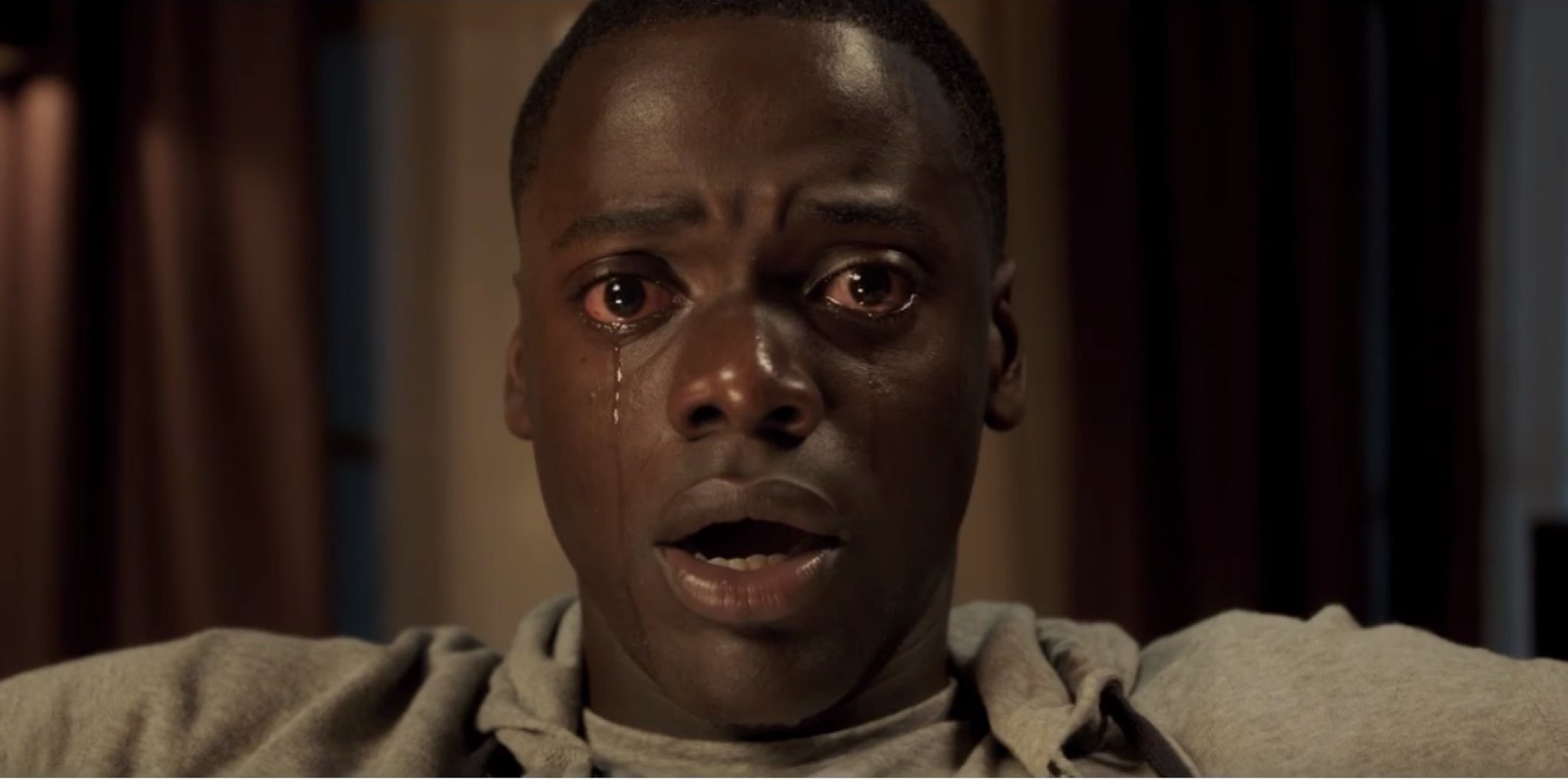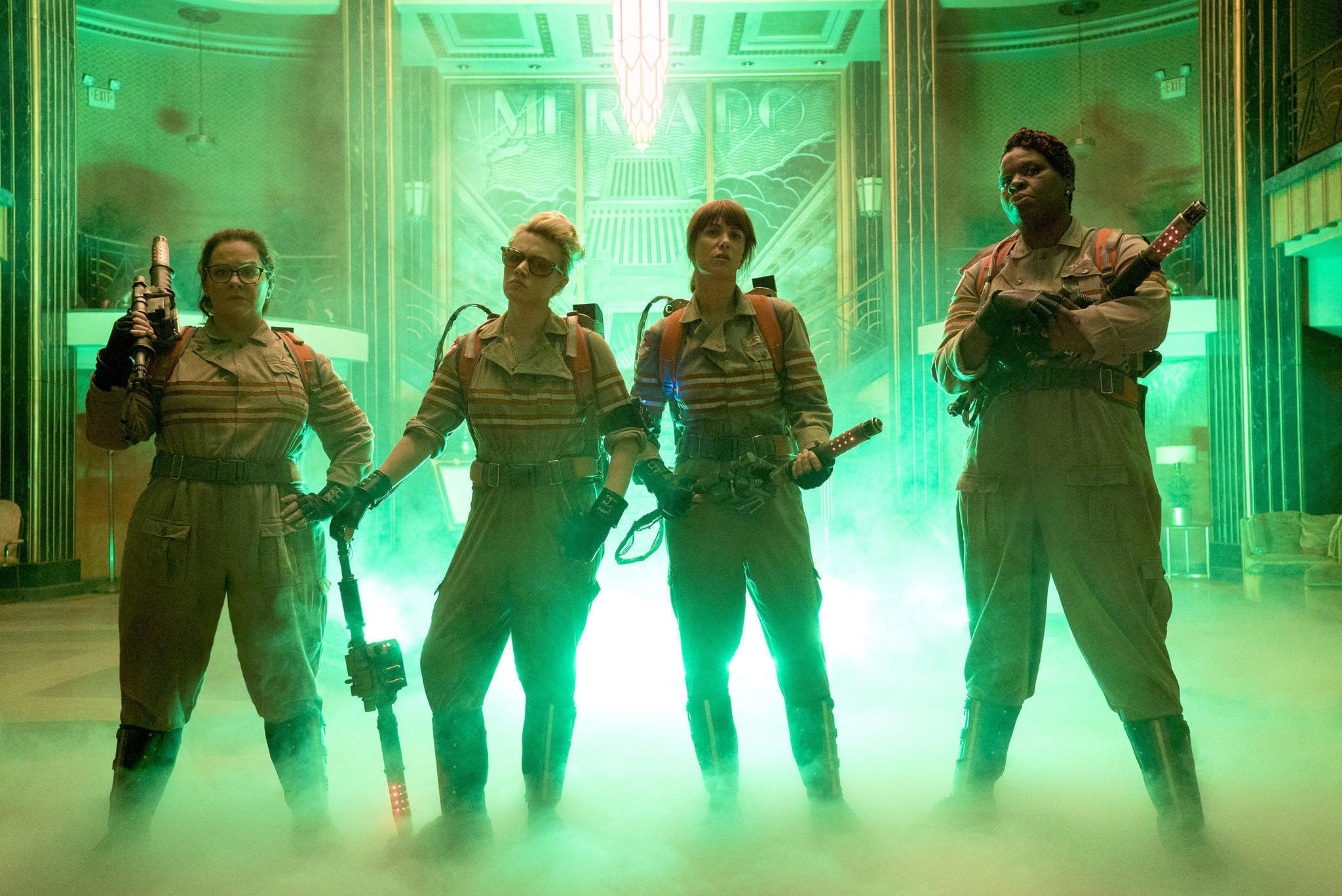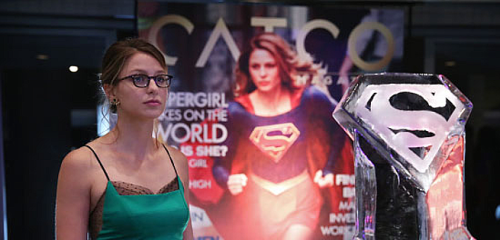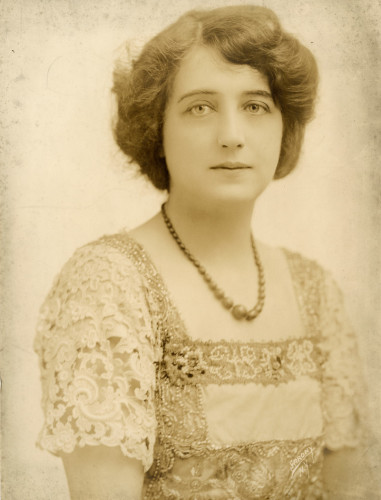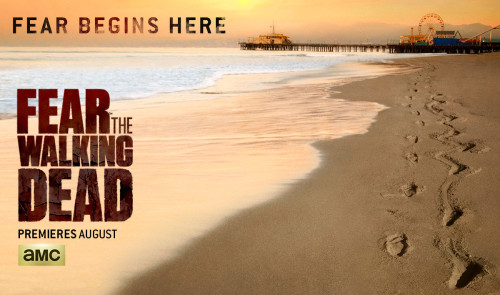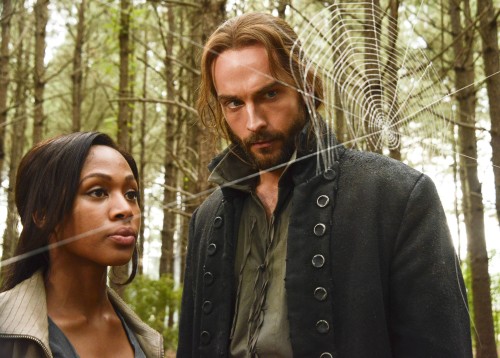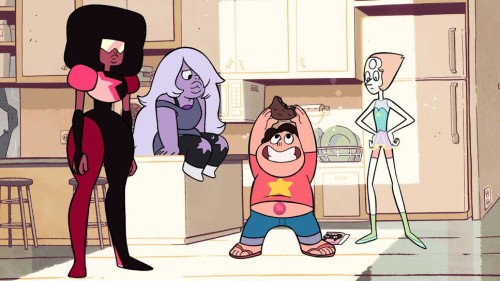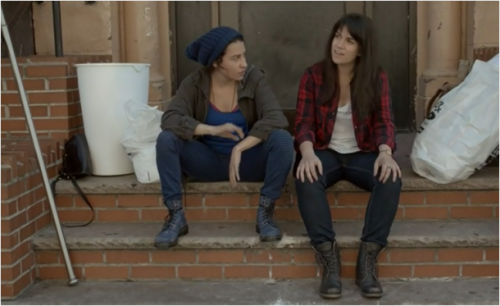This guest post written by Jen Finelli appears as part of our theme week on Women Directors.
I know you’re lying.
But let’s back up a bit, before we get to your lies, and start at the beginning: at that boring, quiet alone place, where fingers hit keyboard and you — and I — have to decide what characters to write about in our films.
I’m Having an Affair With My Wife! is the first U.S. romantic comedy in 17 years to star a Black woman and an Asian-American man as the romantic leads. Lashonda and Sung-min are a stereotype-busting married couple who become upset at their marriage, seek out affairs online, and then accidentally end up having an affair with each other. The film’s directed and produced by the brilliant Samantha Mauney Aiken, and it stars Stacey Malone as Lashonda and William Jeon as Sung-min. It’s reached small-time internet fame with its crowdfunding campaign: the script ranked in the top 15% of scripts in the Austin Film Festival and finalized in the Beverly Hills Screenwriting Competition. Fans keep emailing to tell me how excited they are to finally see people like themselves in love.
But in the beginning, it was just me and my keyboard and the script. Just some mixed-race kid from who-knows-where who wanted to see more people who looked like my friends on the screen. In my sci-fi career, my protagonists have always been diverse or people of color because why the hell not, that’s what real-life heroes look like. But in romance, it’s personal: I’ve got to normalize mixed relationships. See, people blame our mixed race for my brother’s autism, and people told Mom not to marry my dad (who is himself mixed) because then she’d have mixed babies and OH MY GOSH wouldn’t that be difficult. Dang! We really need to see films where mixed race relationships ain’t no thang, where it’s totally normal, so we can change those kinds of perspectives. And dang, just in general, we need films where we show people of color in love! Because holy crap, did you know people of color fall in love and have babies, too?
You wouldn’t know it from Hollywood.
That’s the first lie, and that’s why I’m Having an Affair With My Wife! (then Seduce Me) got pitched to Samantha Aiken, on the sunny Austin, Texas day that we passed hipster graffiti and browsed the odd little art shops beyond the city’s Capitol, and ate tacos, burgers, and other unhealthy things. No big Hollywood companies, no gatekeepers, no investors, just us. After reading what brilliant Asian-American creators like WongFu Productions and actor/director Justin Chon went through, after watching what’s on the big screen, after listening to the diverse film community, it became pretty clear to me that when it comes to Big Hollywood, our kind aren’t wanted here. I never bothered to pitch anywhere else. That was my first and last pitch because Samantha gets it. I knew I could trust her with the script, that there’d be no whitewashing, no twisting of its core message, and I knew I could trust her because she had me murdered once.
Yeah, she had me killed on screen. Blood, fake tears, big-ass cameras, the works. It was just a little horror short — she’s quite ashamed of it, actually — but I got to see her directorial style, and later, got to follow her journey from big film sets like Fast and Furious 8 and Fences to tiny indie productions, documentaries, and charity films. There is nothing this woman hasn’t done, when it comes to film, and I trust her completely.
Because, see, the next lie is that you can make something diverse — and good — without input from others. It’s a lie that a mostly-white-passing writer can just sit down, spit out some stuff, and damn, it’s perfect. I write a lot about how I hate lazy writers, and how important research is even to the most fantastical story, but when it comes down to it, you need a diverse film team, not just racially or ethnically, but in experience and education.
So when we set out to find our leads, it became very, very important that they could provide an authentic perspective. You can hear more about our journey to find them on our casting podcast, but to summarize, we wanted two special things from our leads that we didn’t have already: one, we wanted a beautiful body-realistic woman, who understands that struggle, and we wanted the perspective of a Korean American man who can check us on the validity of our script. We got all kinds of applications from tiny, thin women and a few from non-Asian men, but for the most part our casting experience ripped open another lie, the lie people tell me every time I share studies like this.
“Oh, that study that shows Asian and Black directors are underrepresented in Hollywood? That’s just because Asian and Black people don’t want to get into film. You need to stop having numerical parity be a qualification for equality, blah blah blah, there’s no racism anymore, no of course I’m not listening to your anecdotes about people you know, la la la…” — et cetera, et cetera. It’s the same argument about women directors and producers, Asian and Black actors, etc etc. You hear Hollywood producers saying they can’t “find” actors for those kinds of roles, or that multiracial productions aren’t “marketable.” This is bullshit if you saw how Luke Cage turned out, or how Frozen’s female producer made off with all of America’s money, or how the latest Star Wars films made more money at the box office than any of the previous ones, or how Get Out is the “highest grossing debut based on an original screenplay,” or how films with diverse casts and women-led and women-written films are more successful at the box office — do I need to keep busting your balls about market research?
Meanwhile, we got two hundred and seventeen applications for a tiny indie film no one had heard of at the time. One guy on our audition list offered to move across an ocean for the job. Can you imagine the number of applications the big films get for those million dollar roles? Can you even fathom that?
There are no Asian and Black actors out there, my big flat ass.
We had an incredibly hard time casting our leads because of some amazingly talented runners-up. When we finally did tell William he got the part, he yelled because all his life he’s dreamed of becoming a rom-com lead; Stacey later told us that after she got off our call she danced around her room giggling. You can’t tell me only one color of person deserves those moments. These roles didn’t get handed out for free: Stacey’s a single mother who runs her own production company, and William’s worked as a pharmacist and run a restaurant to manage the cultural pressures that say acting isn’t a real job for a guy like him. Our leads have the perspectives we asked for, and they’re fighters. They’ve each mobilized a different community that’s supported us, bringing their own fans and friends to the table, and that literally pays off in dollars. We’re proud of them, and we’re proud of the experiences they bring to the team.
Because that’s what it’s all about: if you want to make a good movie, you’re depriving yourself if you choose to cast or hire only one color of person. You’re missing out on real knowledge. On these beautiful moments where, again and again, people tell us even in pre-production we’re letting them feel seen. You might even be missing out financially, in the end, because distribution and marketing aside, Seed & Spark’s diversity incentives rock.
So stop lying. Just let go of the fear you have of diversity, and let art move you, because the spirit of art, taken to its logical conclusion, reflects the beauty and variety of reality. Support diverse movies, listen to diverse stories, and start telling a few of your own.
Jen Finelli is a world-traveling scifi author who’s swum coral reefs with sharks, done pizza on the street corner with prostitutes, gotten fired from a secret organization that was trying to control the news, discovered murals in underground urban tunnels, etc etc. She’s the writer of I’m Having an Affair With My Wife, a movie you can find at mysweetaffair.com; you can find her fiction at byjenfinelli.com, and you can follow her adventures on Twitter @petr3pan.
